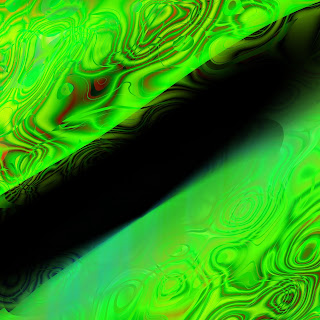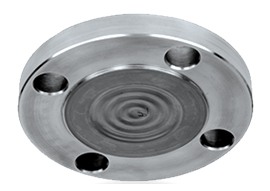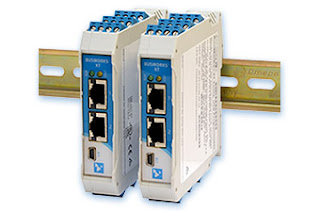 |
| Duplex Basket Strainer With Diverter Valve Courtesy Eaton Filtration |
There are numerous strategies for mediating the impact of particulates on industrial fluid process equipment and systems. The best solutions will be customized for each process, with consideration given to:
- Maximum particle diameter threshold: At some level, particulates may be small enough to preclude damage to the system. Above the threshold level, removal of the particles brings some benefit to process operation.
- Pressure drop associated with any mitigation techniques: Assuming that mitigation will involve the addition of components to the fluid system, minimizing the added pressure drop is advantageous.
- Overall volume of particulate matter to be removed: Most often, mitigation equipment traps and retains particulate matter. The retaining capacity of the unit must match the particulate production rate of the process. Be mindful that certain events, such as routine maintenance or cleaning of process equipment, may produce surges of particulates in some types of systems.
- Location of the filtration equipment: Filtration units must be placed in the process flow upstream of the equipment or system portion to be protected. An additional consideration is a provision for maintenance through placement in a convenient, easily accessible location.
- Filtration equipment materials of construction: The filtration gear must be fabricated of materials compatible with the process media.
I have provided a data sheet below with cutaway illustrations and detailed performance data for one type of filtration unit. This particular equipment is manufactured by the filtration division of Eaton and features a duplex strainer basket arrangement with a diverter valve. The process fluid flows through one strainer, with the other clean and ready to be brought on line when the active basket becomes clogged. When the active basket becomes clogged and pressure drop excessive, the operator moves a lever to divert the flow to the second basket, sealing off the now clogged basket area so that it can be opened and cleaned. This design provides for uninterrupted process operation.
Browse the provided data sheet. You will likely pick up something you did not already know, or get a quick refresh of your technical knowledge. The duplex basket strainer is one type in a wide variety of filtration products available for every conceivable process application. Share your challenges with a product specialist. Combining your process knowledge and experience with their thorough product application expertise will generate great solutions.







